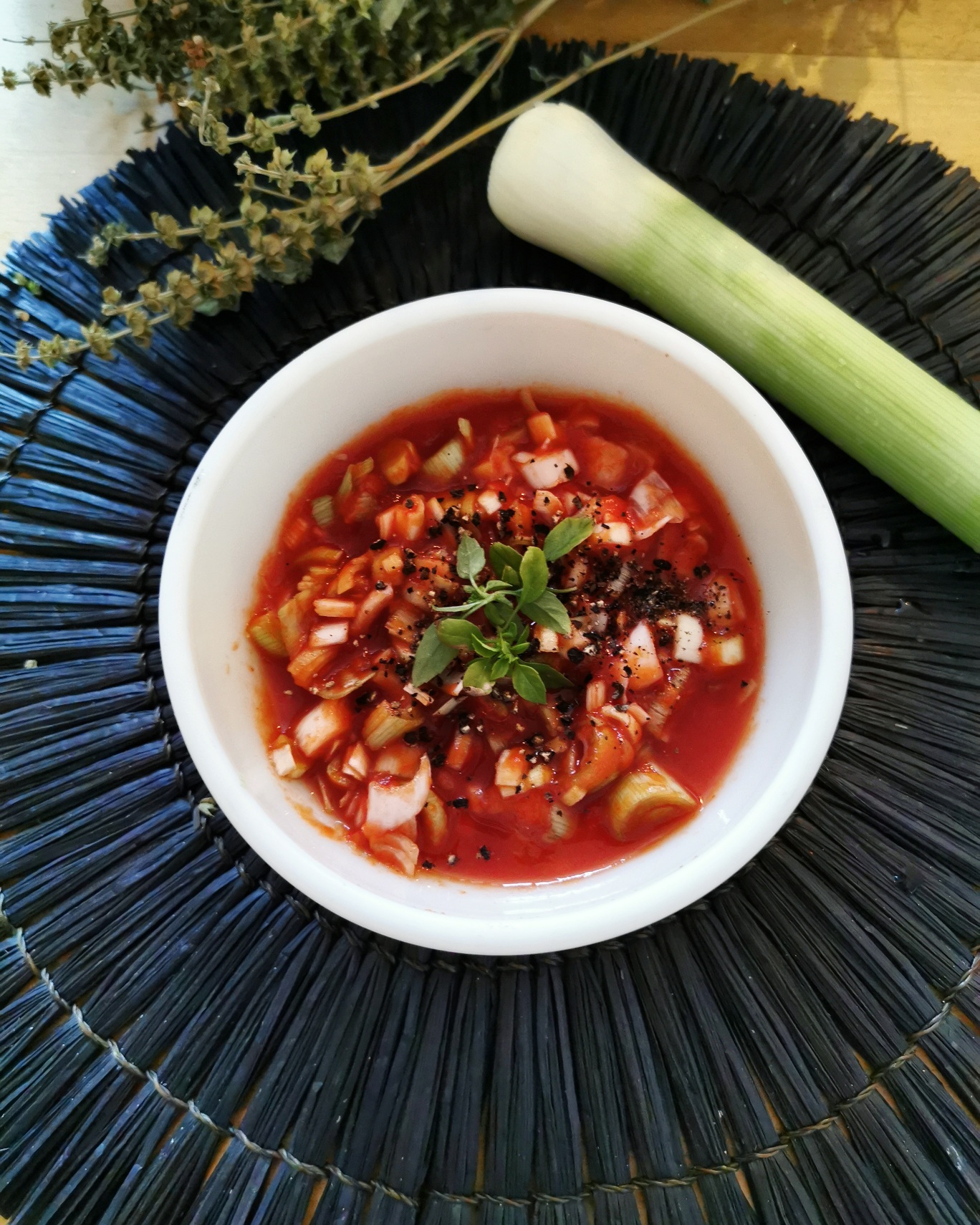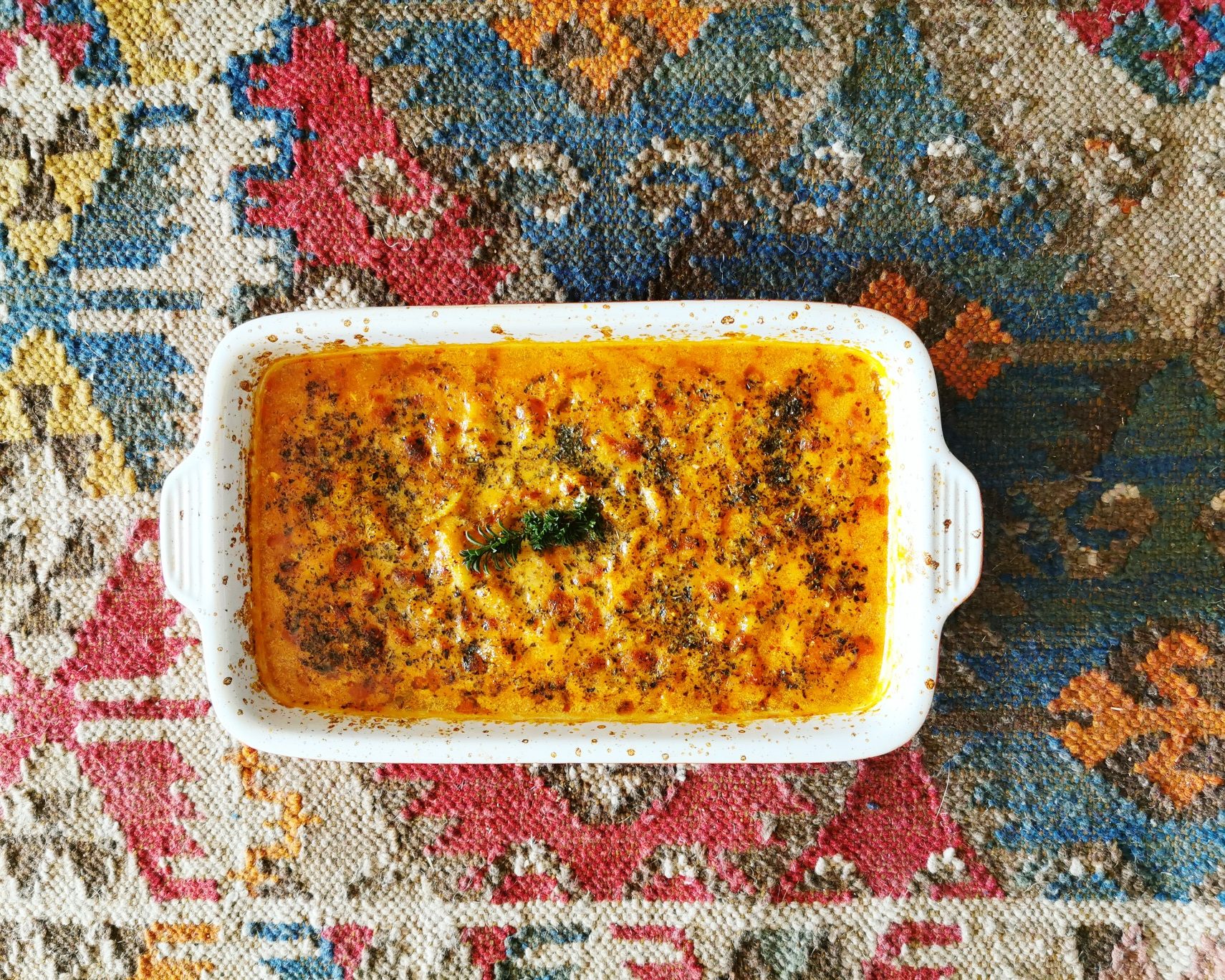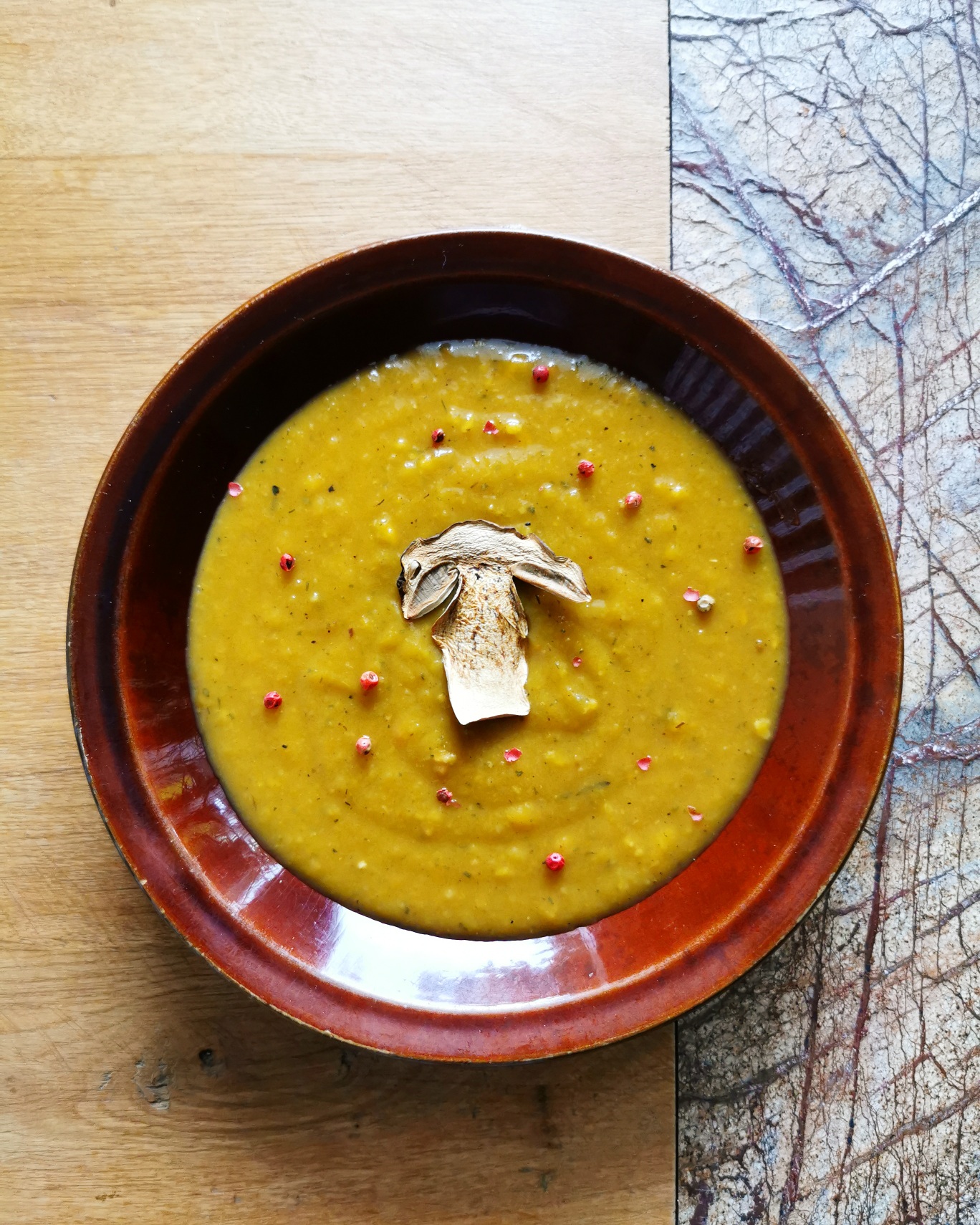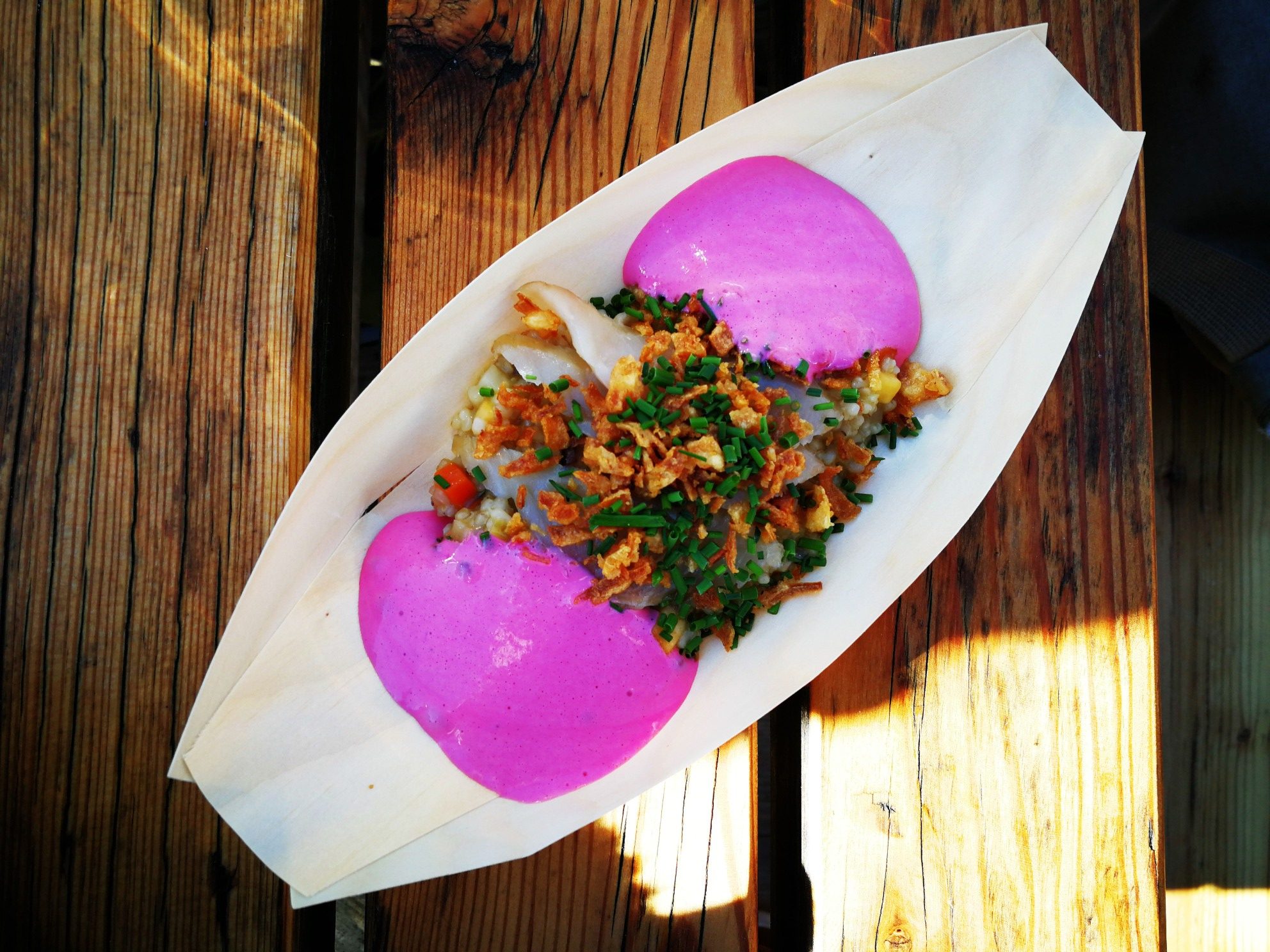“I would be very happy if the Balkans became recognizable on the tourist and gastronomic map, as a destination known for delicious, natural food full of medicinal and wild herbs. We have all the prerequisites for that“, wrote herbalist Momčilo Antonijević in the description of the video edition of his cookbook ‘Divlji kuvar’ (‘Wild Cook’) on YouTube. This cookbook was prepared with the financial support of the European Union under the project titled ‘PORALIST’ (Protection Observatory for Regional Area of Medicinal Plants as Lively Cross-border Infrastructure of Sustainable Tourism), implemented under the IPA CBC programme Serbia – Montenegro. The project partners were the Regional Development Agency Zlatibor, Užice, the NGO Multimedijal, Bijelo Polje, and the Institute for Medicinal Plants Research “Dr. Josif Pančić“, Belgrade. Their objective was to contribute to good nature stewardship by enhanced preservation, streamlined monitoring, independent reporting and overall better governance for sustainable development through responsible and accountable management and use of natural resources in the cross-border area of Serbia and Montenegro.
With the aim of improving the tourist and gastronomic offer in the cross-border area of Prijepolje and Bijelo Polje, the cookbook encompassed vegan, vegetarian and traditional meals based on mapped medicinal plants. These meals were meant to be included in menus of local restaurants and households that provide catering services in rural tourism.
In this issue of Yellow&Blue we are presenting the recipes of four different dishes.
We sincerely hope that they will encourage you to experiment with wild, fragrant, medicinal plants. The author encourages all of you to modify them, adapt them to your tastes and those of your guests. Dare to let nature get into your kitchen and become recognizable and different as there is no greater beauty than nature.

Rubbed leek salad with tomato juice and fresh basil
Ingredients:
- half a kilogram of leek white stems
- 1 cup of homemade tomato juice or tomato paste
- 1 small handful of fresh basil leaves or two tablespoons of dry
- 1 tablespoon of ground black pepper
- 1 teaspoon of salt
Directions:
Finely chop the leek, add salt, then mash it well in a bowl, rub it with a wooden spoon. Add tomato juice, coarsely chopped fresh basil leaf or chopped dry basil. Mix well and sprinkle with fresh, coarsely ground black pepper. If you like it spicy, you can add a crushed hot pepper. Rubbed leeks have a different, much nicer taste.
Interesting facts:
For thousands of years, people all over the planet have been using the medicinal properties of basil. Basil belongs to the plant aristocracy. Its scientific name Ocimum basilicum comes from the Greek word bassileus – king. Basil tea is an excellent remedy against nervousness and anxiety, helps digestion and prevents stomach cramps. In combination with fennel, basil is a good remedy against painful periods. Mixed with equal amounts of mint and lemon balm, basil is an excellent remedy for colds and stomach aches caused by stress and nervousness. Basil also has a beneficial effect on the urinary organs. Against kidney inflammation, you should drink tea made from a mixture of equal parts of basil, smooth rupturewort (Herniaria glabra), and European goldenrod or woundwort (Solidago virgaurea). Thanks to its antiseptic essential oil, basil is a good remedy for respiratory infections, especially if they are accompanied by a high fever. In this case, it is mixed with thyme, anise and elderberry (Sambucus nigra).

Baked green beans with prunes and summer savoury
Ingredients:
- half a kilo of cleaned green beans
- one large onion or two smaller ones
- one large carrot
- half a litre of tomato juice or half a kilo of peeled tomatoes Italian style
- 3 prunes
- 200g of sour cream
- 5 tablespoons of grated parmesan cheese
- 2 teaspoons of dry summer savoury leaves
- a teaspoon of paprika
- salt and freshly ground pepper
- 3 tablespoons of oil
Directions:
Sauté onion and carrot in oil for ten minutes on moderate heat. Add green beans, mix well and add half a cup of water. When it boils, add half a litre of tomato paste and prunes, which will give the dish a slight smoky taste. Cover and cook, stirring frequently, for about half an hour to 45 minutes. Add salt, paprika and taste. Add a little water if necessary, but be careful, the dish should be quite thick. When the green beans are cooked, put everything in an oven-proof dish, add sour cream, mix well and sprinkle with parmesan and summer savoury (Satureja hortensis) leaves, then bake in the oven for 10 to 15 minutes at 200 degrees. The dish tastes excellent even if the summer savoury is replaced by basil or oregano.
Interesting facts:
Summer savoury is a medicinal plant known for its strong antiseptic properties. It enjoys great trust as a reliable remedy for urinary and respiratory infections. It facilitates digestion, so it is used as a tea against flatulence.
In Bulgaria, it is very popular as a spice in meat and vegetable dishes.

Sweet chestnut and wild mushroom broth
Ingredients:
- 200g of cooked and cleaned chestnuts (Castanea sativa)
- 30g of dry porcini mushrooms or 200g of fresh ones
- 1 medium size potato
- 1 small onion
- 1 stalk of celery
- 2 or 3 tablespoons of oil
- 1 good spoon of kajmak (creamy dairy food like clotted cream)
- salt and pepper
- about 1 litre of water or vegetable soup
- a teaspoon of dried marjoram or thyme
Directions:
If you use dry mushrooms, cover them with half a litre of boiling water and let them stand for half an hour. Crush the chestnut into smaller pieces. Sauté finely chopped onion and a celery stalk in oil on medium heat for five minutes (use the stalk of celery, not the root). Add chestnuts, drained and chopped mushrooms (if using fresh, just chop them) and potato cubes. Mix well, add salt and pepper, then pour the water in which the mushrooms were soaked. Add more water (to make it a little more than a litre). Cover and cook on medium heat for 15-20 minutes or until the potatoes are tender. After that, blend the broth with a stick mixer, add marjoram or thyme. At the end, stir in the kajmak/clotted cream, turn off the heat and let the broth stand covered for 3 minutes. Instead of porcini mushrooms, you can use other wild mushrooms, black trumpets, chanterelles…
Interesting facts:
The sweet chestnut (Castanea sativa) or Somotnjak, as it is also called, is a tree that is unfortunately less and less often found growing wild in nature. One of its rare viewpoints is located on Hisardžik (a village in the municipality of Prijepolje). The nutritious chestnut fruit contains over 60 % starch, 17 % sugar and up to 10 % protein, for that reason it is often used in combination with an apple or citrus by people who have problems with gastritis. Chestnut is the only nut that has vitamin C. In addition, chestnut is rich in potassium and phosphorus minerals, and contains calcium, magnesium, sulphur, chlorine, iron, copper and manganese.

Wild blueberry and wild mint ice cream
Ingredients:
- 100g frozen wild blueberries
- 100 ml of yogurt
- 2 spoons of honey
- a few leaves of fresh wild mint
- roasted walnuts
Directions:
Put 100g of frozen wild blueberries in a blender, add 100ml of yogurt, two spoons of honey and a few leaves of chopped, fresh wild mint. Blend everything until a homogeneous ice cream texture is obtained. Serve with roasted walnuts and finely chopped mint leaves. Wild mint can also be replaced with fresh lavender flowers. This delicacy can also be made with other frozen fruits and herbs. An excellent combination is raspberry and lemon balm (Melissa officinalis) or wild blackberry and fresh rosemary.
Interesting facts:
The blueberry is not only a delicious forest fruit. It is a medicinal plant as well. Blueberry leaf is used as a proven traditional remedy that normalizes blood sugar levels and has a beneficial effect on the urinary system. Blueberry fruit, thanks to anthocyanins, is a real balm for the eyes and is recommended for everyone who has vision problems. Wild mint is used in mild and fragrant herbal infusions primarily for digestive organs.

